Plastics Additives – Petrochemicals 22-08-2022 - Arhive
Plastics Additives – Petrochemicals
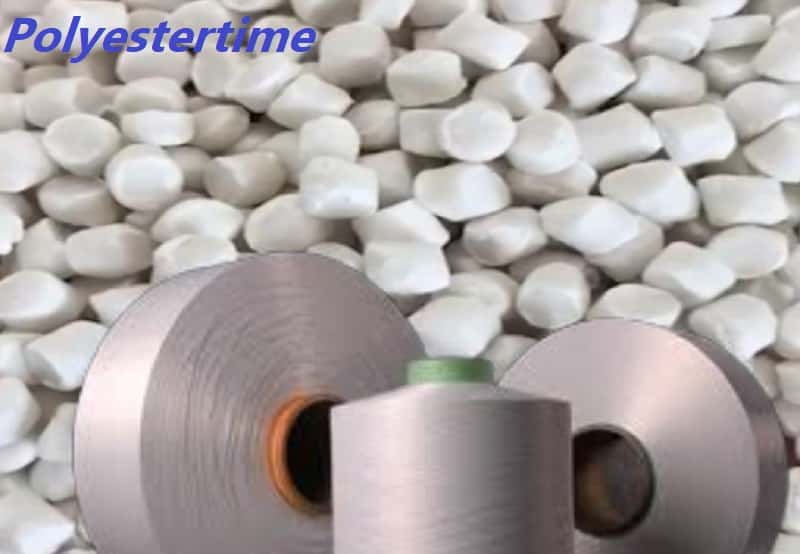
Crude Oil Prices Trend
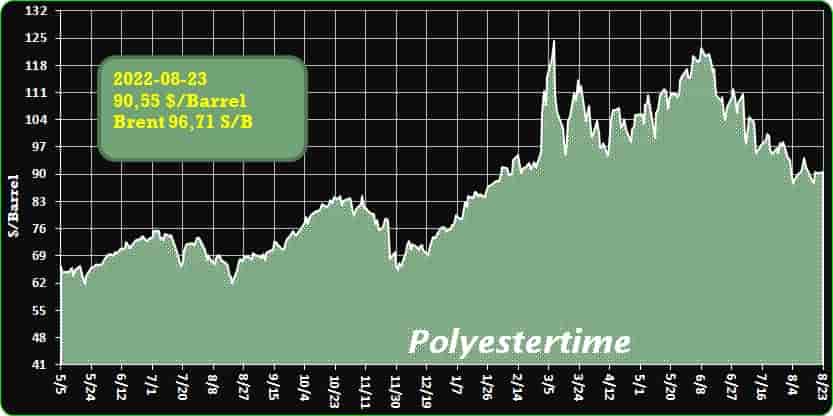
-Switch from PP to recycled CPET
Th restaurant chain Wagamama partnered with the design consultancy Morrama to substitute its PP takeaway bowls with CPET.
The original goal – cut the amount of plastic in the takeout packaging – was far from easy, Morrama states. Despite exploring bio-based and biodegradable materials, it was clear that plastic was going to be required. At least for some dishes.
As a design team heavily focused on sustainable design, Morrama drew from circular design strategies and a wealth of knowledge from materials, recycling and packaging experts to define the driving principles of the Wagamama packaging redesign: reduce, recycle, improve. Plastics Additives – Petrochemicals
After months of research and testing, Morrama found a way to switch the PP for the crystallised version of PET – CPET – to bring additional heat resistance. Wagamama’s new packaging range is an industry first. Made from 70% recycled PET – the remaining 30% virgin plastic required for structural integrity – the packaging also remains 100% recyclable.
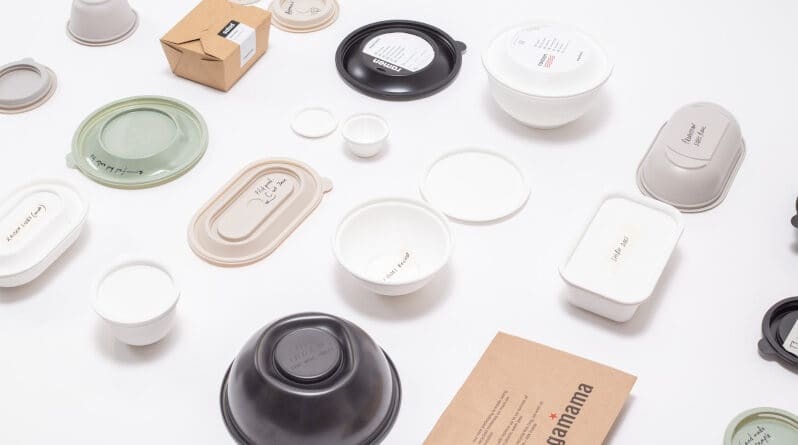
-Plastics Additives Address e-Mobility Challenges
At K 2022, Clariant will showcase materials that help automakers increase the range of EVs while reducing their carbon footprint.
Clariant’s additive solutions to support plastics in meeting key e-mobility challenges will be to the fore at K 2022 in Düsseldorf, Germany, in October. The materials supplier will showcase products designed to assist the automotive industry as it seeks to safely extend battery range and charging performance, achieve significant materials reuse and recycling, and decrease its carbon footprint. Plastics Additives – Petrochemicals
“We’re working closely with the automotive value chain to validate our advanced additive technologies for plastics and to progress their focus on weight optimization; sustainable, recyclable materials; and CO2 reduction alongside performance and safety needs. We’re looking forward to new collaborations with K 2022 visitors around our flame retardants and performance additives that will unlock e-mobility developments for this industry’s sustainable transformation across design and production,” commented Nicola Lelli, Head of Additives Strategic Marketing at Clariant.
Support for sustainable e-mobility plastics includes new applications for Clariant’s established halogen-free flame retardants in polyamide and thermoplastic material-based solutions. ISCC Plus–certified renewable-materials-based options now also are available to lower fossil carbon dependency and improve product CO2 emissions. These belong to the Terra family of certified products that offer like-for-like drop-in alternatives to manufacturers.
Faster charging using lower GHG-emitting flame retardants
The trend for using higher voltages to accelerate charging is creating the need for battery and charging infrastructure materials that offer higher tracking resistance and flame retardancy. Plastics Additives – Petrochemicals
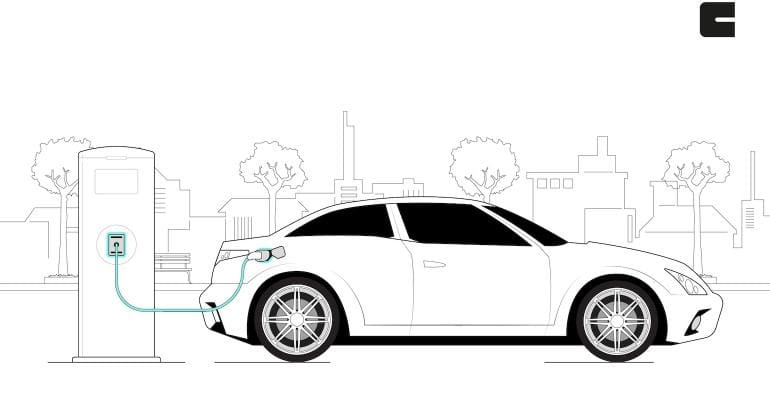
-New Mid-Size PET Preform Machine
Nissei ASB will debut at K 2022 a 100-ton vertical rotary press for PET preforms in 18 to 36 cavities.
K 2022 marks the global debut of Nissei ASB’s brand-new PM-100 machine for injection molding PET preforms in 18, 24 or 36 cavities. This 100-metric-ton press fits between the company’s existing models with 70-m.t. clamp for eight to 24 cavities and 170 m.t. for 48 cavities.
At the show, a model PM-100/111N will mold 13.5-g preforms with 28-mm “Alaska neck” for water bottles in 36 cavities at 14,700 bph. Plastics Additives – Petrochemicals
This machine uses a vertical clamp and three-station rotary table. A complete set of lip cavities at each station permits handling preforms by the neck at every step.
Preforms are molded in three rows and are cooled on both inner and outer surfaces.
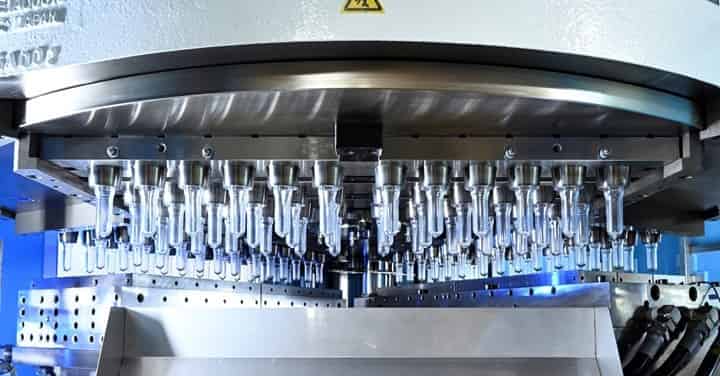
-Bio-attributed PVC Biovyn helps meet automotive customers demand for sustainable raw materials
Continental has announced it has entered into an agreement with Inovyn to use Inovyn’s Biovyn, a bio-attributed PVC, to produce the technical and decorative surface materials it supplies to its automotive customers, said Sustainableplastics.
The agreement will help Continental to reduce its carbon footprint and meet customer demand for sustainable bio-based products. Biovyn, which is certified by the Roundtable on Sustainable Biomaterials (RSB), is a ‘drop-in’ product that is made from a 100% renewable raw material, thereby reducing dependency on fossil-based feedstocks. According to Inovyn, the production of Biovyn results in a reduction of greenhouse gas emissions by over 70% compared to conventional PVC production methods.
“Major automotive manufacturers are now demanding more sustainable raw materials such as biobased polymers,” said Dr. Dirk Lei?, who leads Continental’s Surface Solutions business area. “With the fully bio-attributed PVC material, we meet these customers’ demand, contribute to more sustainability and drive innovation of products at the same time.” Plastics Additives – Petrochemicals
Inovyn is the the first commercial producer of bio-attributed PVC, and, said Inna Jeschke, Business Unit Manager Polymers, has received considerable attention from all industries. “We look forward to working together with Continental on innovative solutions for a sustainable future.”
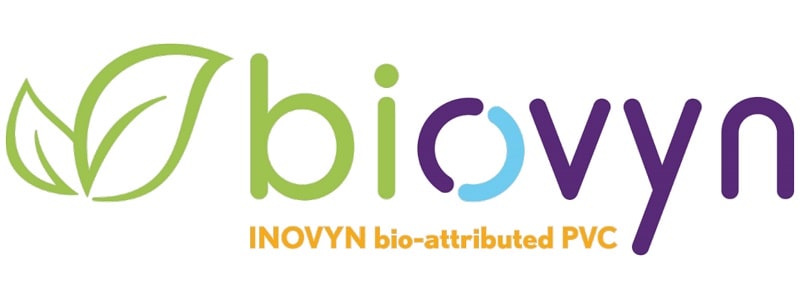
-Engineering Enzymes to Help Solve the Planet’s Plastic Problem
Researchers from the Manchester Institute of Biotechnology (MIB) have developed a new enzyme engineering platform toimprove plastic degrading enzymes through directed evolution.
To illustrate the utility of their platform, they have engineered an enzyme that can successfully degrade poly(ethylene) terephthalate (PET), the plastic commonly used in plastic bottles. Plastics Additives – Petrochemicals
In recent years, the enzymatic recycling of plastics has emerged as an attractive and environmentally friendly strategy to help alleviate the problems associated with plastic waste. Although there are a number of existing methods for recycling plastics, enzymes could potentially offer a more cost-effective and energy efficient alternative. In addition, they could be used to selectively breakdown specific components of mixed plastic waste streams that are currently difficult to recycle using existing technologies.
Although promising as a technology, there are considerable hurdles that need to be overcome for enzymatic plastic recycling to be used widely on a commercial scale. One challenge, for instance, is that natural enzymes with the ability to break down plastics typically are less effective and are unstable under the conditions needed for an industrial-scale process.
To address these limitations, in a paper released today in Nature Catalysis, researchers from The University of Manchester have reported a new enzyme engineering platform that can quickly improve the properties of plastic degrading enzymes to help make them more suitable for plastic recycling at large scales. Plastics Additives – Petrochemicals
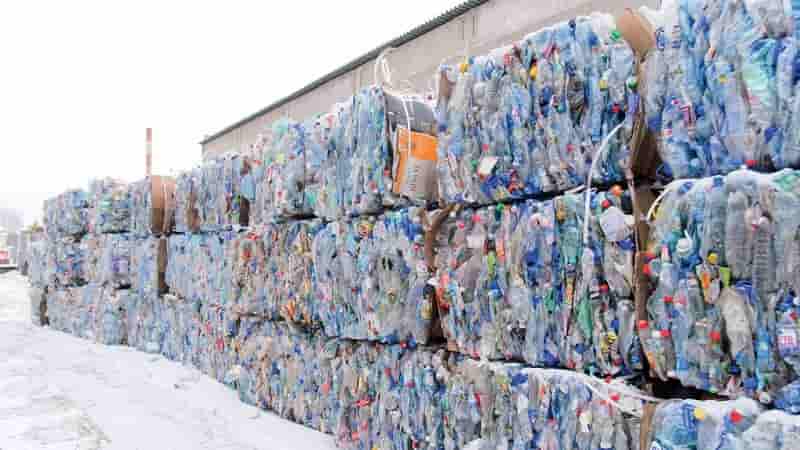
-Suominen to implement surcharges in North America
Nonwovens manufacturer Suominen has announced raft of general surcharges on all its products in North America effective immediately.
The surcharges are a response to significant unexpected increases in raw materials, energy and freight costs. Plastics Additives – Petrochemicals
“We have done all we can to mitigate these increases on behalf of our customers,” said Lynda A. Kelly, SVP, Americas. “Suominen can no longer absorb the full extent of these increases. We are living in an unusual time in the nonwovens industry with unprecedented and unexpected cost increases accompanied by volatility in demand patterns and supply chain disruptions. We understand circumstances are extremely challenging and we remain committed to serving our customers during this difficult period,”
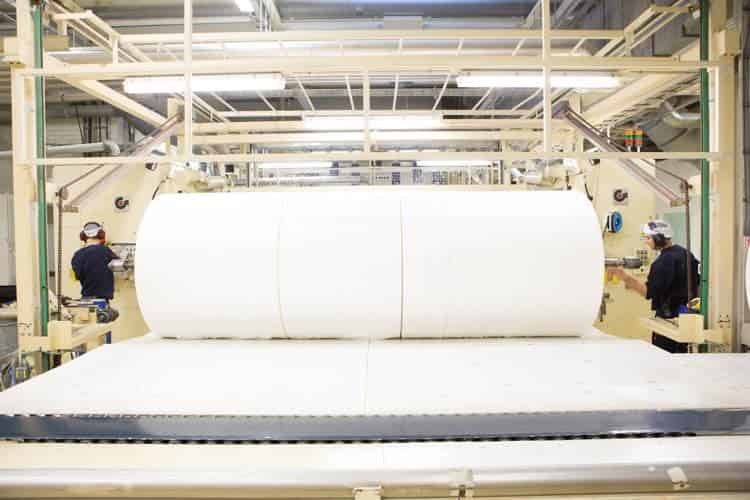
-Is a Slumping Chinese Economy America’s Gain?
Big trouble in little China may be a mixed blessing.
The Chinese economy is experiencing a post-pandemic slowdown, despite the Red Dragon spending hundreds of billions of dollars to resuscitate its economic landscape. For years, when China coughed or sneezed, the United States and the rest of the world would contract influenza. Today, conditions have been altered, and a sluggish Beijing might turn out to be a mixed blessing for the United States and the plethora of challenges weighing on the nation and the rest of the world. Plastics Additives – Petrochemicals
Chinese Economy Feels the Pain
Global financial markets initially had a stomach bug when they saw the latest National Bureau of Statistics (NBS) numbers coming out of China. However, after some digestion of the data, investors eventually dismissed it, placed the information in a filing cabinet for future reference, and turned their attention to the US housing market slipping into recession.
Here is a rundown of what happened in the Chinese economy during the dog days of summer. Industrial production rose 3.8% year-over-year in July, falling short of the market estimate of 4.6%. Retail sales advanced at an annualized rate of 2.7% in July, below economists’ expectations of 5%. Housing prices tumbled again by 0.9% year-over-year last month. Year-to-date fixed asset investment eased to 5.7% year-over-year – after inflation came in hotter than anticipated – while money supply growth was more extensive than median estimates.
Investors will now brace for August’s NBS and private-sector manufacturing and non-manufacturing purchasing managers’ index (PMI) prints. This will happen in the upcoming week.
But while the response among the leading benchmark indexes – from the Dow Jones Industrial Average to the FTSE 100 – was subdued, the commodities arena cratered on the news. West Texas Intermediate (WTI) crude oil fell 5% in the first two sessions of the week to around $87 a barrel on the New York Mercantile Exchange. Brent, the international benchmark for oil prices, also declined by roughly the same pace to under $93 per barrel on London’s ICE Futures exchange. The agricultural market also sank, with soybean and corn contracts plunging about 3% and 2%, respectively.
China is currently the world’s largest consumer of many of these commodity products. However, if the economy is cooling, demand volumes for oil will shrink and allow prices to stabilize in global energy markets. In July, Chinese imports of crude oil and refined petroleum products tumbled by 9.5% and 35.3%, according to the General Administration of Customs, which added to the broader selloff. Plastics Additives – Petrochemicals
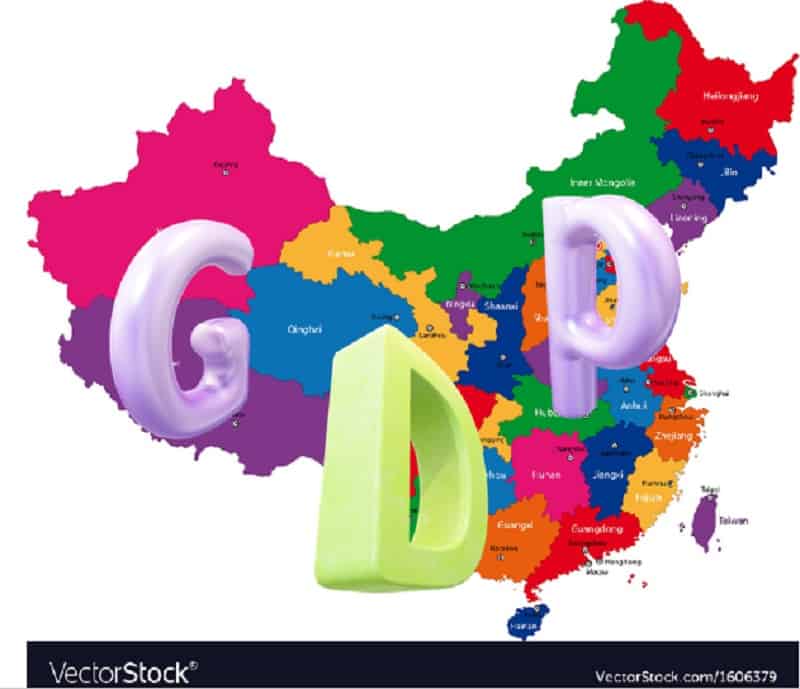
Plastics Additives – Petrochemicals
